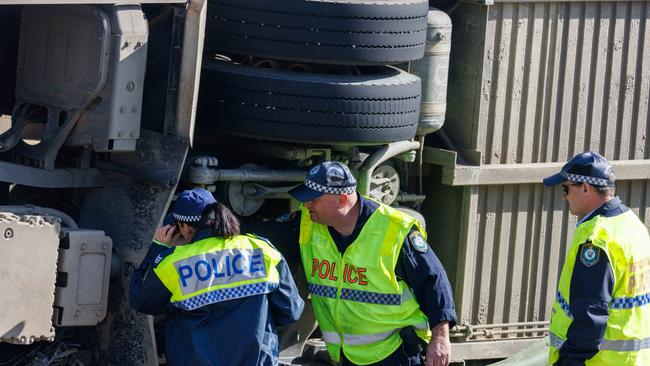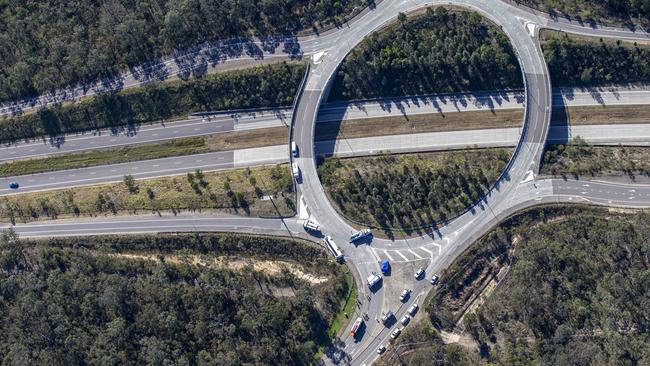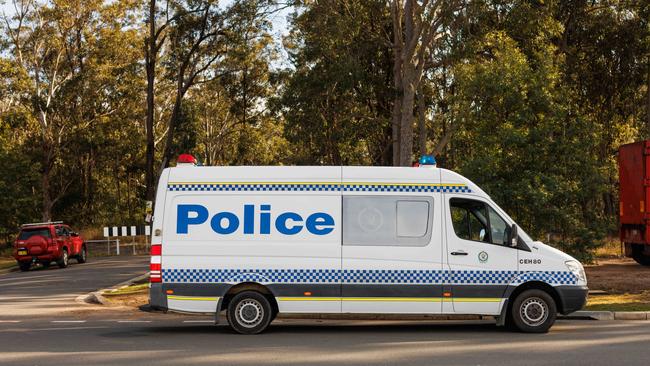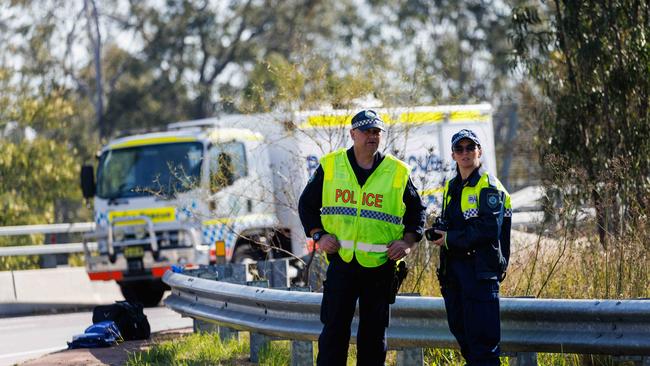Road safety expert reveals flaw in vehicle safety in wake of horror crash
A road safety expert has exposed a glaring safety problem after a horror bus crash that killed ten people.
On the Road
Don't miss out on the headlines from On the Road. Followed categories will be added to My News.
A road safety expert has revealed a major flaw with vehicle safety standards in the wake of one of the deadliest road crashes in decades.
Ten people were killed when a bus transporting wedding guests rolled while driving through a roundabout in the NSW Hunter Valley on Sunday night.
After such senseless loss of life, the nation is looking for answers as to what caused the tragedy to take place and how as a community we can ensure it never does again.
Crash investigators are still piecing together what caused the bus to crash onto its side and roll into a guardrail, killing ten people and sending another 25 to hospital, including some with critical injuries.
It is not yet known how many if any passengers were wearing seatbelts during the crash, but already calls are growing for harsher enforcement of seatbelt laws.


University of Western Australia Centre for Road Safety Research director Teresa Senserrick told 2GB radio listeners that while seatbelts are effective in most crashes, they may not have been particularly effective in Sunday’s crash.
“One of the crash scenarios that we still have not nailed in terms of all the new design features in our vehicles and the way that we design our roads are the rollover crashes,” she said on Tuesday.

“At the moment there is actually no roof crash standard for cars and it can be very challenging to try and protect people with a simple lap and shoulder sash belt if a vehicle is rolling over several times.
The standard design for seatbelts in vehicles travelling on Australian roads includes a lap sash and diagonal belt strap which is designed to tighten when the car brakes suddenly or faces impact.
“It can really depend on the crash and the direction of impact and the force has occurred, so in most crashes they will give you protection but if a vehicle rolled over several times it might not be optimal,” Dr Senserrick said.

The Hunter Valley crash has shocked many into questioning whether the state’s seatbelt regulation is still up to scratch.
In NSW, drivers are responsible for making sure each passenger is sitting in their own seat and wearing a properly secured and adjusted seatbelts.
However, Ms Senserrick said drivers should not be held solely responsible for each individual on board their vehicle.


“We can’t really expect drivers to be police and they don’t necessarily have a personal relationship with those on their bus,” she said.
“The driver can ask people to be aware that the seatbelts are there, when buses are fitted with them.
“But really it becomes an individual responsibility.”
Ms Senserrick took the opportunity to remind road users that buckling up is not just about keeping them safe, but can prevent them from injuring other passengers during an accident.
“We really ask everyone to consider their individual safety but also if they are travelling with others and they are the only one not wearing a seatbelt, they can potentially cause harm to others as well,” she said.
Originally published as Road safety expert reveals flaw in vehicle safety in wake of horror crash


